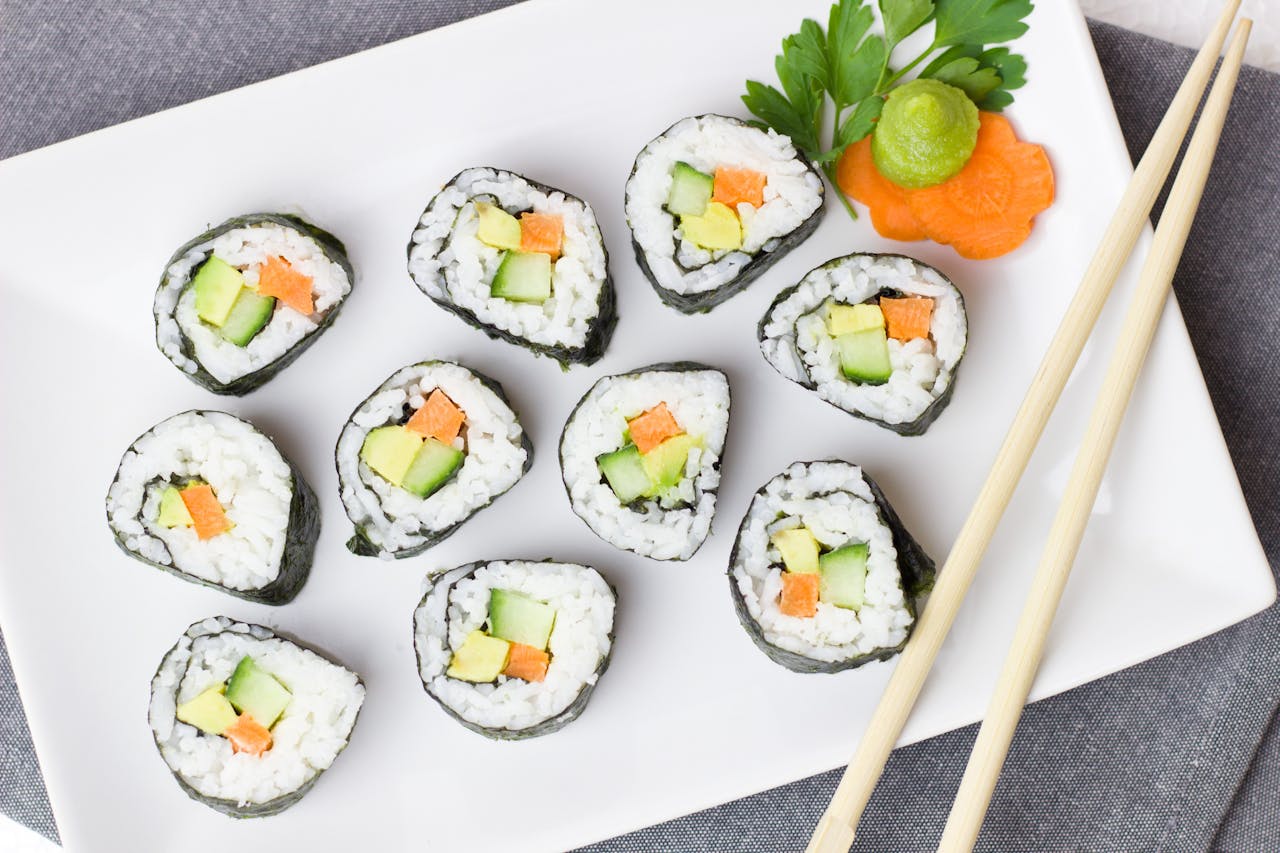Food allergies are a daily concern for millions of people, and navigating grocery aisles can feel like a minefield. While most shoppers know to check labels, not all allergens are clearly listed on packaging. Hidden ingredients, vague terms, and manufacturing practices can make it tough to spot potential risks. For anyone with food allergies—or those shopping for someone who does—knowing where allergens might be lurking is essential. This guide highlights ten foods with allergens that aren’t always obvious, offering practical tips to help you shop smarter and safer.

Image Source: pexels.com
1. Deli Meats
Deli meats might seem like a safe bet, but they often contain hidden allergens. Many brands use fillers, binders, or flavorings derived from milk, soy, or wheat. Cross-contamination is also a risk, as slicers are rarely cleaned between different products. If you have a food allergy, always ask to see ingredient lists and request that your meat be sliced on a clean machine. When in doubt, opt for pre-packaged deli meats that clearly label their allergens.
2. Salad Dressings
Salad dressings are notorious for containing hidden allergens. Ingredients such as eggs, soy, dairy, and even nuts may be present, often listed under names like “natural flavors” or “emulsifiers.” Even vinaigrettes can contain mustard or wheat-based thickeners. Always read the full ingredient list, and when dining out, ask for dressings on the side or bring your own. Making your own dressing at home is a safe and easy alternative.
3. Non-Dairy Milk Alternatives
Non-dairy milks, such as almond, soy, or oat milk, are popular choices for those avoiding cow’s milk. However, these products may also contain other allergens, such as nuts, soy, or gluten. Some brands process multiple types of milk in the same facility, increasing the risk of cross-contact. Always check for allergen statements and look for brands that are certified allergen-free if you have multiple sensitivities.
4. Granola and Snack Bars
Granola and snack bars are marketed as healthy, convenient options, but they often contain hidden allergens. Common culprits include peanuts, tree nuts, soy, and dairy, sometimes listed as “protein isolate” or “lecithin.” Manufacturing lines are frequently shared with allergen-containing products, so even bars labeled as “nut-free” may not be safe. Look for bars with clear allergen labeling and consider making your own at home for full control over ingredients.
5. Sushi
Sushi might seem simple—just rice, fish, and vegetables—but allergens can sneak in through sauces, imitation crab, or even the rice seasoning. Soy sauce contains wheat, and wasabi may include mustard or egg. Cross-contamination is also a concern, especially in restaurants. If you have a food allergy, ask detailed questions about ingredients and preparation, and consider making sushi at home to avoid hidden risks.

Image Source: pexels.com
6. Bread and Baked Goods
Bread and baked goods often contain more than just flour, water, and yeast. Milk, eggs, soy, and nuts are common ingredients, sometimes hidden under terms like “enriched flour” or “dough conditioner.” Some artisan breads use seeds or nuts for added texture, and cross-contact in bakeries is a real risk. Always read labels carefully, and when buying from a bakery, ask about ingredients and preparation methods.
7. Processed Meats and Sausages
Processed meats like sausages, hot dogs, and meatballs can contain a surprising array of allergens. Fillers and flavorings may include milk, soy, wheat, or even nuts. Some sausages use breadcrumbs or cheese as binders, and labels may not always be clear. Look for products with explicit allergen statements, and don’t hesitate to contact manufacturers if you’re unsure.
8. Ice Cream and Frozen Desserts
Ice cream and frozen desserts are obvious risks for those with dairy allergies, but they can also contain eggs, nuts, soy, and wheat. “Non-dairy” doesn’t always mean allergen-free, as many alternatives use nut or soy bases. Cross-contamination is common in ice cream shops, where scoops are shared between flavors. Always ask about ingredients and serving practices, and consider pre-packaged options with clear allergen labeling.
9. Sauces and Condiments
Sauces and condiments like ketchup, mayonnaise, and barbecue sauce can contain hidden allergens such as eggs, soy, fish, or mustard. Some brands use “spices” or “natural flavors” as catch-all terms that may include allergens. Always check the ingredient list, and when in doubt, reach out to the manufacturer for clarification. Making your own sauces at home is a safe and customizable option.
10. Plant-Based Meat Alternatives
Plant-based meat alternatives are gaining popularity, but they often contain soy, wheat, or pea protein, which are common allergens. Some products are processed in facilities that handle nuts or dairy, increasing the risk of cross-contact. Ingredient lists can be long and confusing, so take the time to read them thoroughly.
Staying Safe in a World of Hidden Allergens
Navigating the grocery store with food allergies can feel overwhelming, but knowledge is your best defense. Always read ingredient lists, look for clear allergen statements, and don’t hesitate to contact manufacturers with questions. When possible, choose products from brands that prioritize allergen transparency and consider preparing more meals at home. By staying vigilant and informed, you can reduce your risk and shop with greater confidence, even when allergen information is not clearly listed.
What hidden allergens have you encountered in your grocery shopping? Share your stories and tips in the comments below!
Read More
10 Grocery Products Banned in Other Countries but Sold Locally

